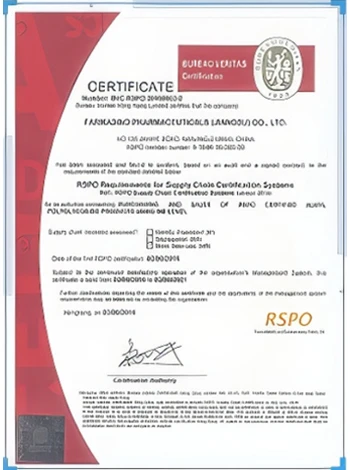



Exploring the Applications and Benefits of Non-Ionic Polyacrylamide in Various Industries
Non-Ionic Polyacrylamide Properties, Applications, and Benefits
Non-ionic polyacrylamide (NIPA) is a water-soluble polymer that has gained significant attention in various industries due to its unique characteristics and versatile applications. Generated through the polymerization of acrylamide in the absence of ionic groups, NIPA offers a neutral charge profile, making it particularly suitable for applications where ionic interactions may be detrimental. This article explores the properties, applications, and benefits of non-ionic polyacrylamide.
Properties of Non-Ionic Polyacrylamide
Non-ionic polyacrylamide features a high molecular weight and is characterized by its excellent solubility in water. Its structure consists of repeating units of acrylamide, and the absence of charged groups means it doesn't interact with other ionic species in solution. This neutrality allows NIPA to maintain stability in a variety of environments.
One of the key physical properties of NIPA is its ability to form gels. When subjected to specific conditions, such as changes in temperature or concentration, it can transition from a liquid to a gel state. This property is beneficial for applications where controlled release or the stabilization of emulsions is necessary.
Moreover, non-ionic polyacrylamide is highly hydrophilic, which means it can absorb significant amounts of water. This characteristic makes it a suitable candidate for applications focusing on moisture retention, such as in soil conditioning and agriculture.
Applications of Non-Ionic Polyacrylamide
The versatility of non-ionic polyacrylamide has led to its adoption in various fields, including
1. Agriculture NIPA is commonly used as a soil conditioner. Its water-retention capabilities help reduce erosion and enhance nutrient availability, promoting healthier plant growth. By keeping the soil moist, it reduces the frequency of irrigation required, thereby conserving water.
non ionic polyacrylamide

2. Oil Recovery In the oil industry, NIPA is utilized in enhanced oil recovery processes. Its ability to improve the mobility of oil within reservoirs makes it valuable for increasing oil recovery rates.
3. Environmental Management NIPA is employed in wastewater treatment processes, especially in flocculation and sedimentation. It helps improve the efficiency of these processes by aggregating suspended particles, making it easier to remove contaminants from water.
4. Cosmetics and Personal Care The cosmetic industry leverages NIPA for its thickening and stabilizing properties in various formulations, including creams and lotions. Its non-ionic nature minimizes irritation, making it suitable for sensitive skin products.
5. Pharmaceuticals In the pharmaceutical field, NIPA is used in drug delivery systems. Its gel-forming ability allows for the controlled release of active ingredients, improving the bioavailability of medications and enhancing therapeutic effectiveness.
Benefits of Non-Ionic Polyacrylamide
The use of non-ionic polyacrylamide comes with numerous advantages. Firstly, its non-ionic nature minimizes the risk of interaction with other ionic compounds, making it suitable for applications where ionic strength could interfere with performance. This quality also reduces the potential for adverse reactions in sensitive applications, such as cosmetics and pharmaceuticals.
Secondly, NIPA can enhance product stability and performance. In agricultural applications, it contributes to better soil structure, while in oil recovery, it improves oil mobility. In cosmetics, it provides a desirable texture and stability to formulations, increasing their shelf life.
In summary, non-ionic polyacrylamide is a versatile polymer with a wide range of applications across different industries. Its unique properties and benefits make it a vital component in agriculture, environmental management, cosmetics, and pharmaceuticals. As research progresses, the potential applications of non-ionic polyacrylamide are likely to expand, further solidifying its role as an indispensable material across various sectors.
-
Why Sodium Persulfate Is Everywhere NowNewsJul.07,2025
-
Why Polyacrylamide Is in High DemandNewsJul.07,2025
-
Understanding Paint Chemicals and Their ApplicationsNewsJul.07,2025
-
Smart Use Of Mining ChemicalsNewsJul.07,2025
-
Practical Uses of Potassium MonopersulfateNewsJul.07,2025
-
Agrochemicals In Real FarmingNewsJul.07,2025
-
Sodium Chlorite Hot UsesNewsJul.01,2025










